ReCitying is a Workshop hosted by IAAC and Parc Agrari del Baix Llobregat to explore sustainable design and creative recycling in rural spaces. The first phase of the Workshop, in October 2024, focused on developing proposals for an installation using waste from Parc Agrari and planting crops to integrate into the project. We explored initial design ideas centered on sustainable reuse of materials.
In the second phase, in January 2025, we will refine the outcomes, turning one proposal into a practical design. This phase will focus on processing materials into small products and defining the construction techniques to scale it into an architectural installation.
The final phase in May 2025 will involve the full-scale construction of the installation in Parc Agrari. The process will include material collection, small-scale production, and building the installation, culminating in a public unveiling event to engage the community.
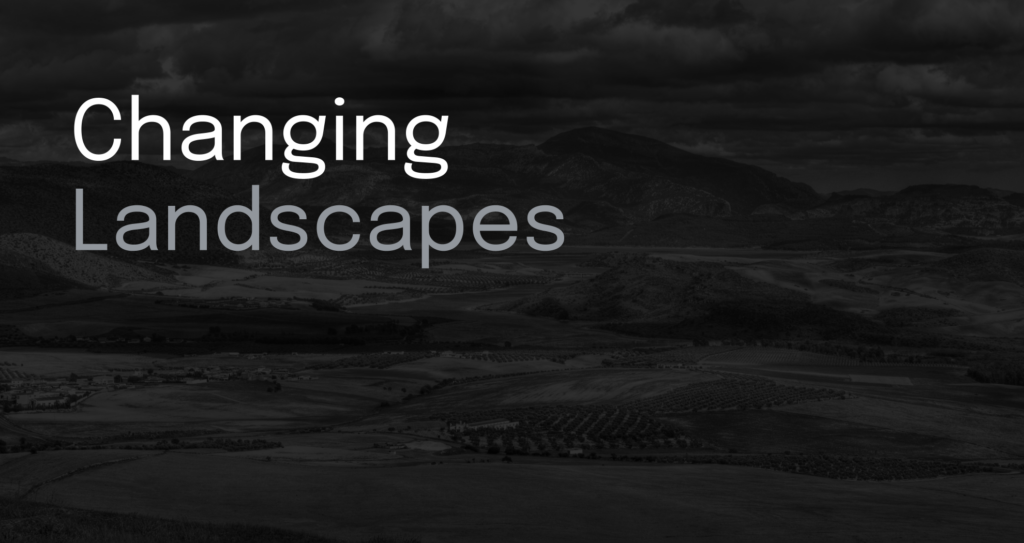
For the public installation, we aimed to raise awareness about climate change and encourage recycling, which impacts water usage in the economy. With Catalonia facing desertification due to ongoing droughts, we researched desert agriculture methods and found hydroponics and aeroponics to be popular, as they use 90% less water than traditional farming. And this became the core concept of our design.
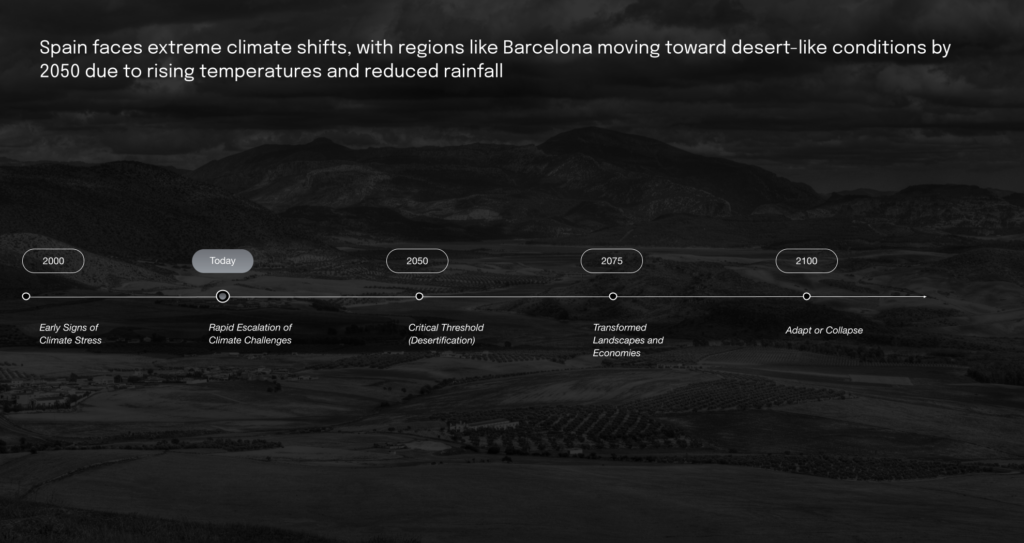
The Drought Map clearly illustrates the pressing issue of water scarcity, showing how regions like Catalonia are already experiencing significant impacts. The progression toward desertification isn’t a distant future problem—it’s happening now, reinforcing the urgency to adopt sustainable practices like recycling and innovative water-saving methods such as hydroponics and aeroponics in agriculture. These techniques not only conserve water but also address the broader challenge of climate change adaptation.
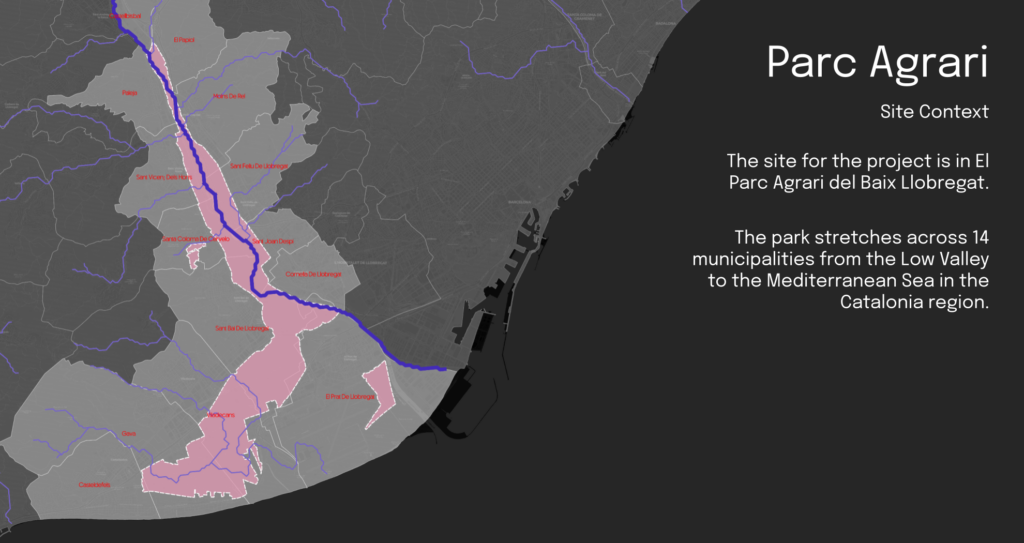
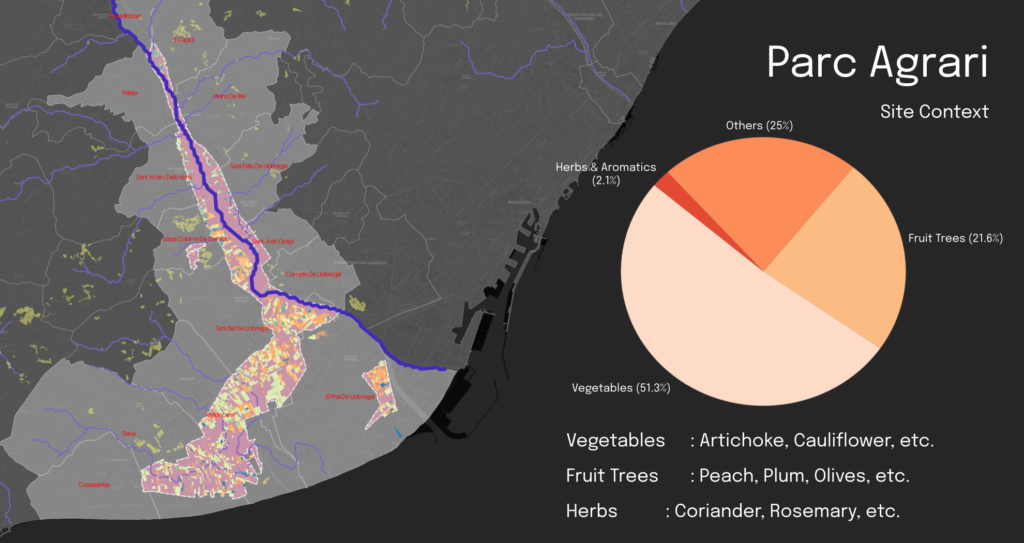

During our research into vertical farming, hydroponic systems, and water conservation, we discovered the Warka Water Towers project in Africa. These towers use nets to capture water droplets from the air, an innovative approach to collecting water in arid regions. We decided to incorporate this concept into our design to further reduce water usage and enhance the sustainability of our installation.
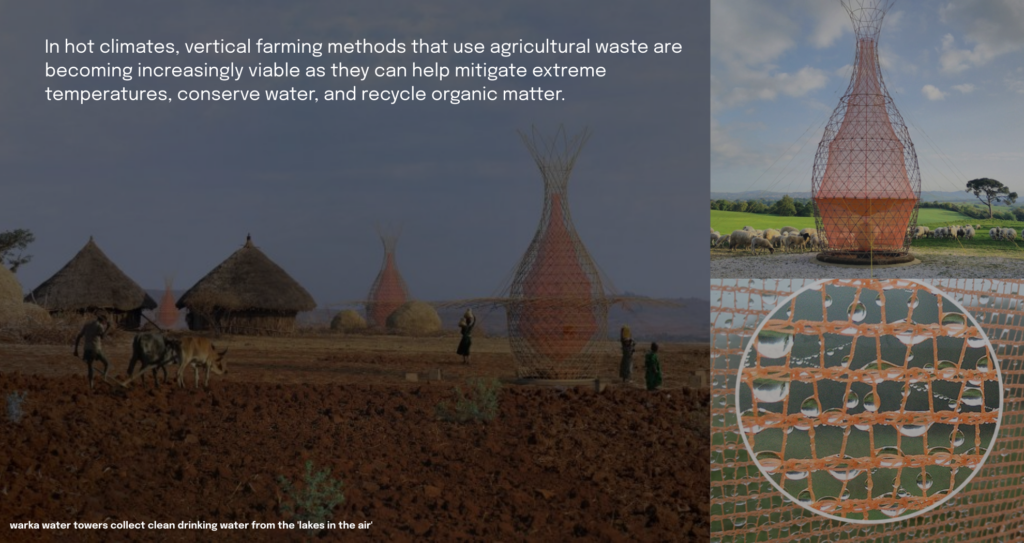
For the installation, we designed modules to represent water collection and vertical farming systems. Our first proposal includes two separate modules: one dedicated to water collection and the other to plants, highlighting the importance of water conservation while keeping it simple and practical for real-life applications. The second proposal delves into more complexity and material science by integrating both water collection and plants into a single module, for a more cohesive representation of these systems.
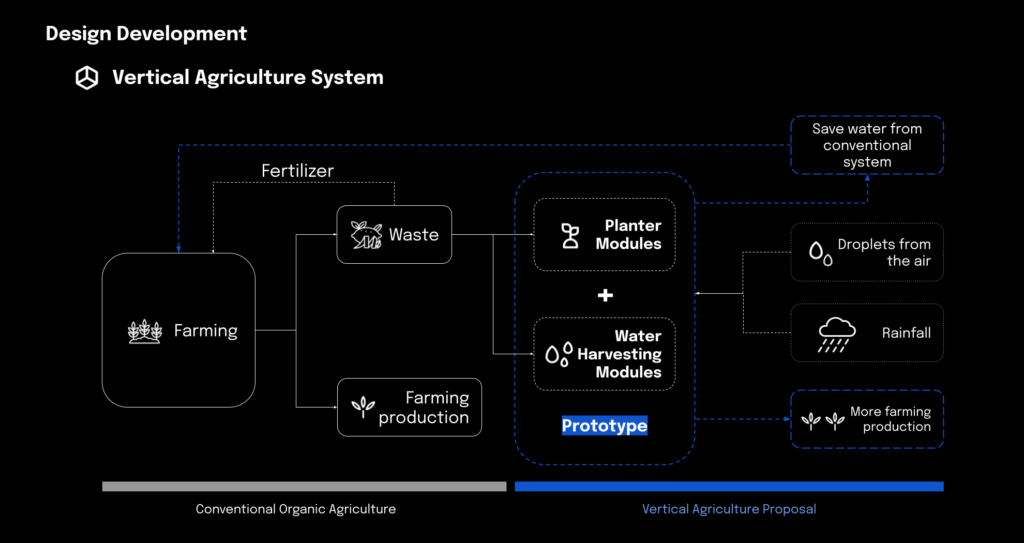
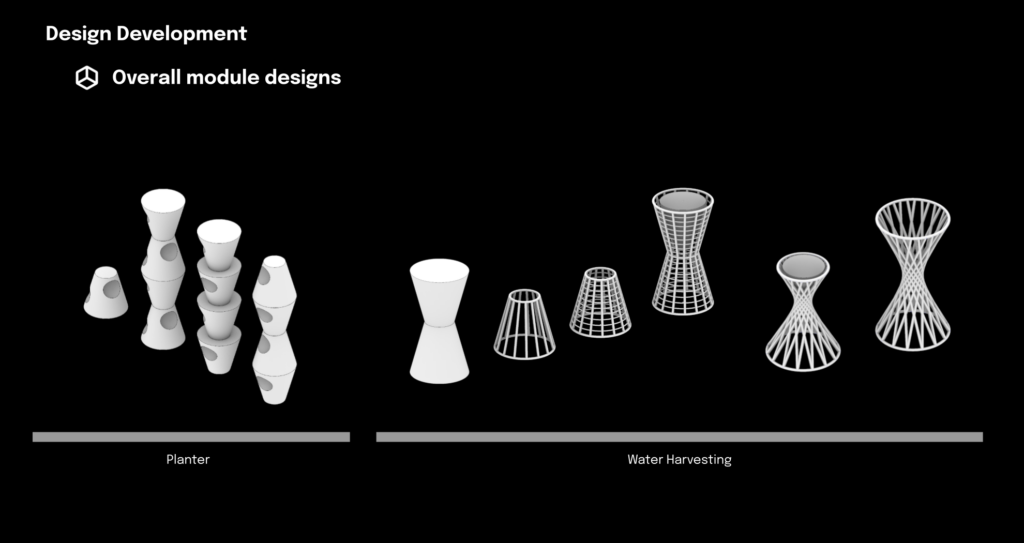
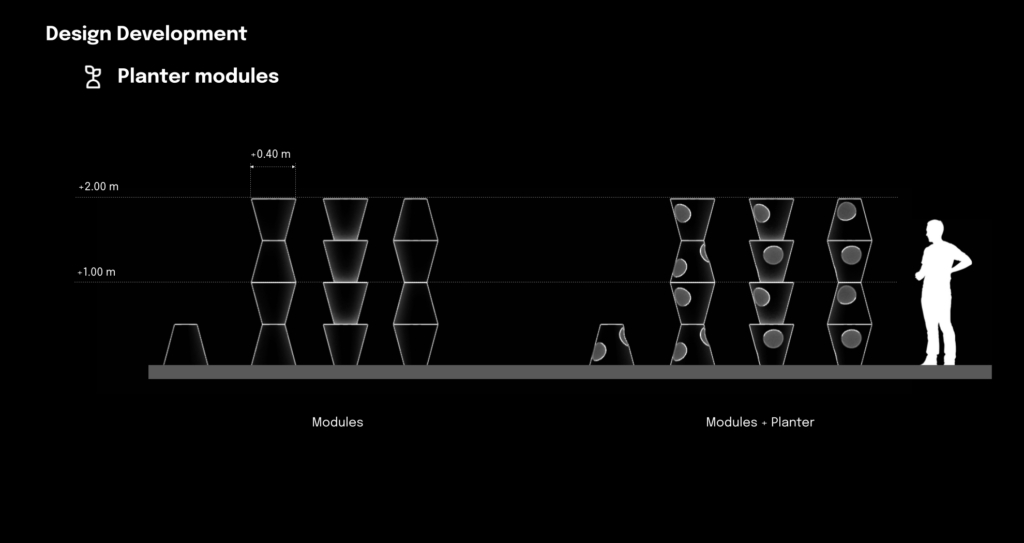
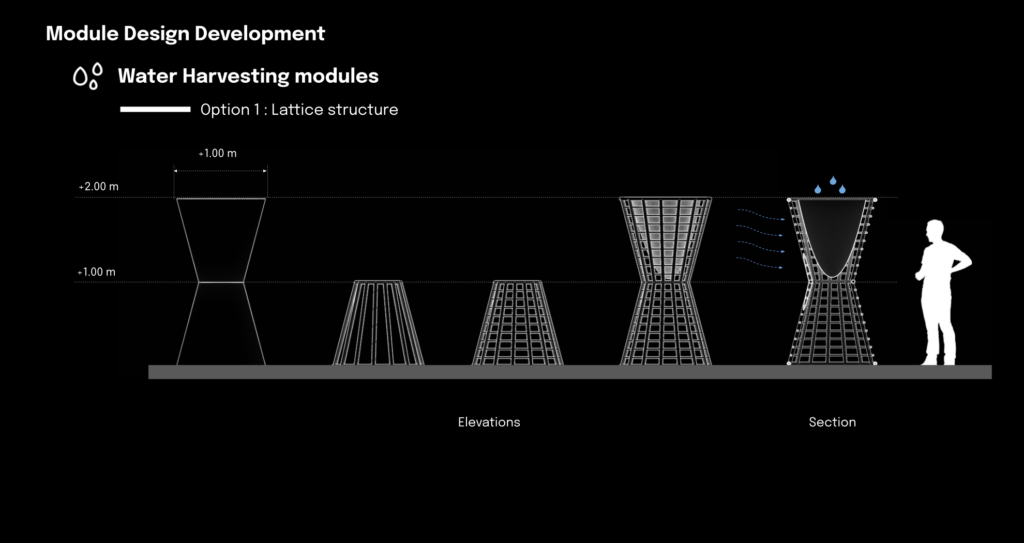
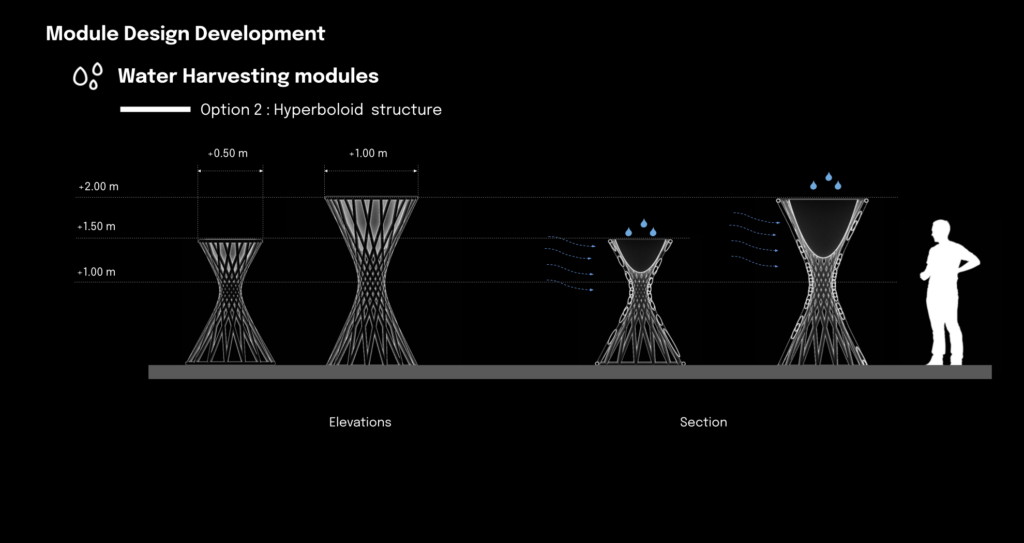
For the materials in our installation, we selected willow sticks as the main structural components and barley stalks to create nets for water collection. Additionally, we will utilize waste from the other plants as a carbon source for the plants we intend to cultivate in the modules.

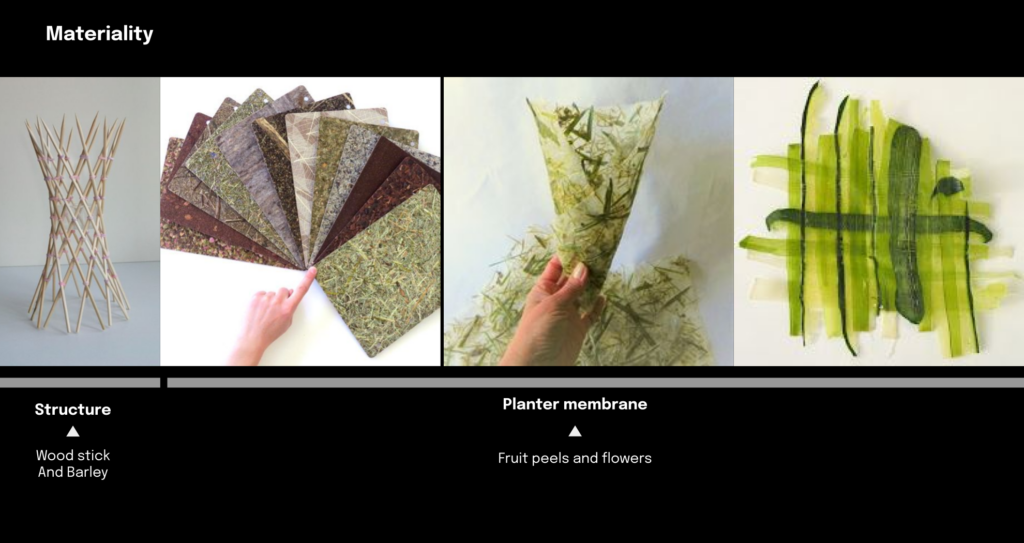
To create a hydrophobic layer for the water collection modules while exclusively using biodegradable or waste materials, we researched bioplastics and developed a recipe for a biomaterial that can retain water and support plant growth. Thismaterial allows us to combine water collection and plant cultivation into a single process, enhancing the efficiency of the design.
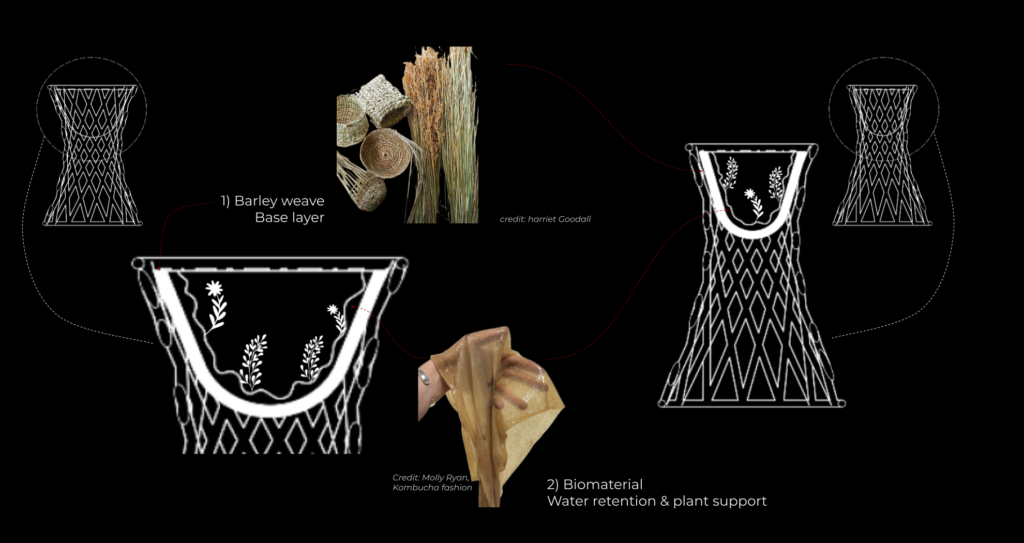
This option has two layers: the first layer made of barley nets for water collection, and the second layer composed of the biomaterial.






